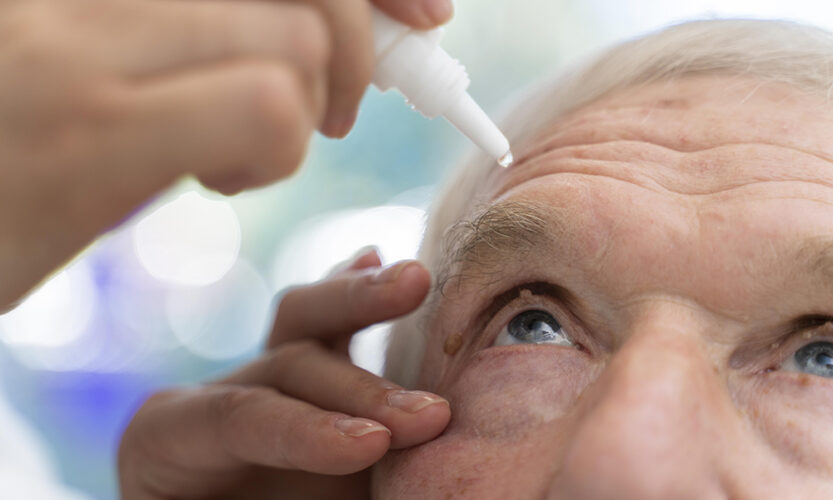Cataracts blur vision, clouding the lens in the eye. It’s common with age but thankfully treatable. Cataract surgery (ผ่า ต้อกระจก, which is the term in Thai) is one of the most frequently performed procedures worldwide, delivering clearer sight to millions every year. Understanding what happens before, during, and after surgery helps patients prepare for a smooth recovery.
Recognising When Surgery is Needed
Cataracts develop slowly, making daily tasks difficult. Symptoms include:
- Blurry or hazy vision
- Increased glare and sensitivity to light
- Trouble seeing at night
- Faded or yellowish colours
Doctors recommend surgery when these symptoms start affecting daily life. The procedure is safe and effective and can restore quality of life significantly.
Preparing for the Procedure
Before the surgery, an ophthalmologist performs a comprehensive eye exam. Measurements determine the correct artificial lens (intraocular lens or IOL) needed after cataract removal. Patients may be asked to stop certain medications temporarily.
A few days ahead of surgery, antibiotic eye drops are usually prescribed. This helps minimise infection risk.
The Surgery: Quick and Painless
Cataract surgery typically lasts less than 30 minutes. Patients remain awake, though relaxed, with local anaesthetic eye drops, making the procedure painless. Here’s what generally happens:
- Small incision: The surgeon makes a tiny cut in the cornea.
- Cataract removal: Using ultrasound, the clouded lens breaks up into pieces and is gently removed (phacoemulsification).
- Lens insertion: A clear artificial lens replaces the removed lens.
Most patients experience improved vision almost immediately. Recovery begins right after surgery.
Recovery and Aftercare
Post-surgery, patients spend a short time in recovery before returning home. Vision might be slightly blurry at first but clears within a few days. Complete healing generally takes four to six weeks. Patients should:
- Use prescribed eye drops to prevent infection and inflammation.
- Wear protective eyewear to guard against bright lights and dust.
- Avoid heavy lifting and strenuous activity initially.
- Follow up regularly with their ophthalmologist.
Normal daily activities usually resume within days, with careful attention to hygiene and avoiding eye irritation.
Benefits and Potential Risks
The benefits of cataract surgery outweigh the minimal risks involved. Patients often notice:
- Sharper vision
- Brighter colours
- Reduced dependence on glasses or contacts
- Enhanced independence and quality of life
Complications are rare but can include infection, swelling, or issues with the artificial lens. Regular check-ups ensure swift detection and management if any problems arise.
Long-term Outlook
Modern cataract surgery boasts impressive success rates, giving patients a lifetime of clearer vision. The artificial lenses last indefinitely, rarely requiring replacement. Regular eye exams remain important for overall ocular health, helping maintain optimal vision for years ahead.
With careful preparation and proper aftercare, cataract surgery proves safe, straightforward, and life-enhancing. For anyone dealing with cataracts, this procedure offers a clear pathway back to vibrant, active living.

